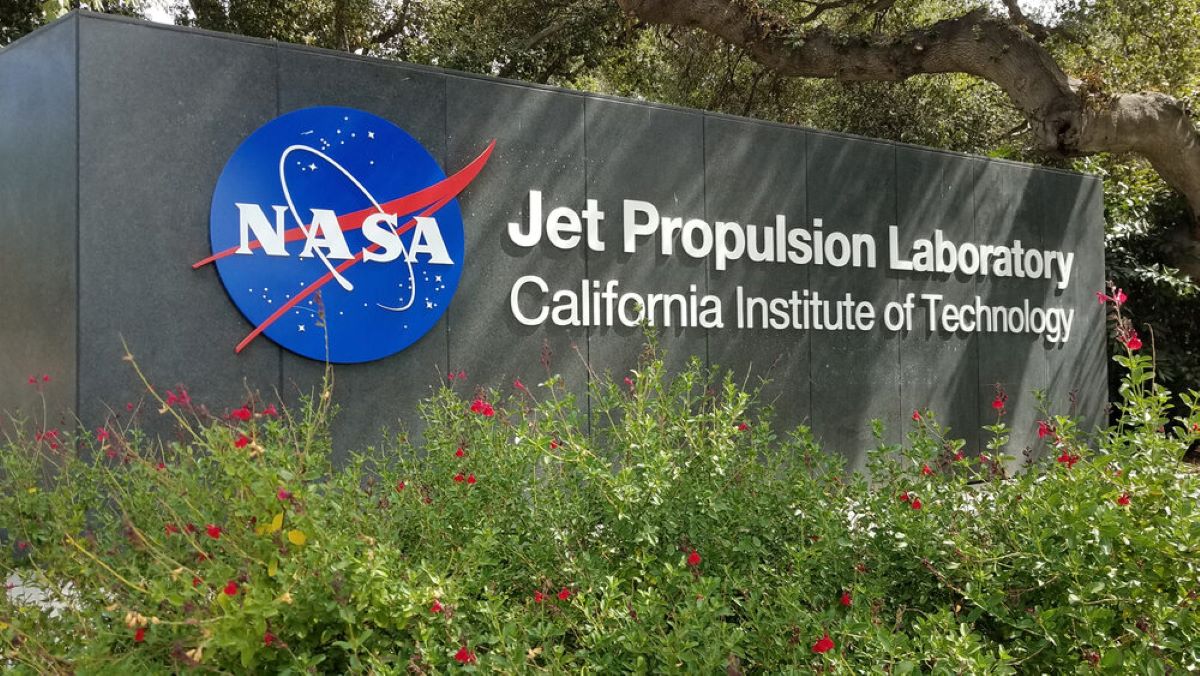The iconic Concorde of yesteryears was without a doubt an engineering marvel but it did not lead to a lasting era of supersonic air travel.
This was partially because of the enormous cost that went into developing, building and flying the plane.
That’s all about to change.
NASA is developing a supersonic passenger aircraft that will reportedly have a top speed of Mach 4 (about 3000 mph), twice as fast as the Concorde two decades ago. It would also be faster than the famous SR-71 Blackbird spy plane which could reach Mach 3.2 (around 2500 mph).
Read: COMAC C919: China’s answer to Boeing and Airbus?
NASA says its jet would reduce travel time from New York to London to below 1.5 hours from nearly 9 hours today aboard passenger jets cruising at around 600 mph.
The new jet overcomes a major hurdle the Concorde couldn’t: sonic booms.
Sonic booms are why many countries banned the Concorde and supersonic travel from its air spaces. Today, after decades of research, technology can successfully mitigate sonic booms. Nasa’s Quesst Mission is developing an experimental quiet supersonic aircraft known as the X-59 QueSST.
The issue of breaking the sound barrier and causing a sonic boom is not relevant while flying over oceans. As such, NASA has recognized 50 established transoceanic routes that connect important cities, especially over the North Atlantic and Pacific.

Supersonic contracts
NASA will issue two year-long contracts to aerospace firms to develop concept designs and roadmaps as part of its Advanced Air Vehicles Program.
An already established contract with Boeing will enable the aircraft manufacturer to lead a team, and be joined by other companies including Exosonic, GE Aerospace, Georgia Tech Aerospace Systems Design Laboratory, and Rolls-Royce North American Technologies.
The second contract will go to Northrop Grumman Aeronautics Systems, which will collaborate with Blue Ridge Research and Consulting, Boom Supersonic, and Rolls-Royce North American Technologies.
Both teams will explore things such as airframe, power, propulsion, thermal management, and materials designs required for flying at Mach 4.
NASA isn’t the only group interested in the commercial viability of supersonic passenger air travel. Start-ups like Boom Supersonic and Spike Aerospace are also looking into resuscitating the mode of air travel. Boom CEO Blake School said in late August that he hoped the company’s XB-1 prototype would complete its first test flight before the end of the year.
For more travel stories, click here.








